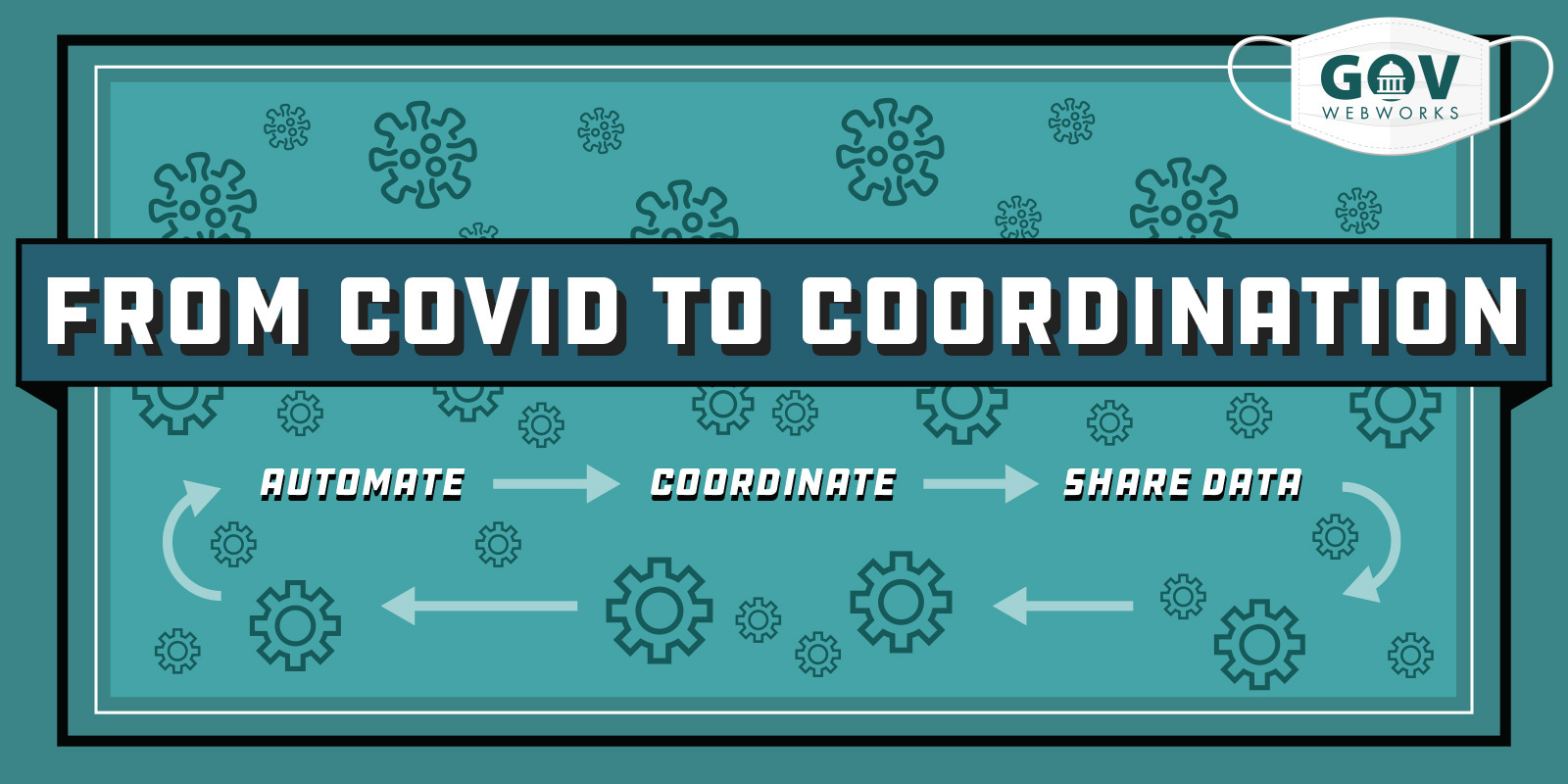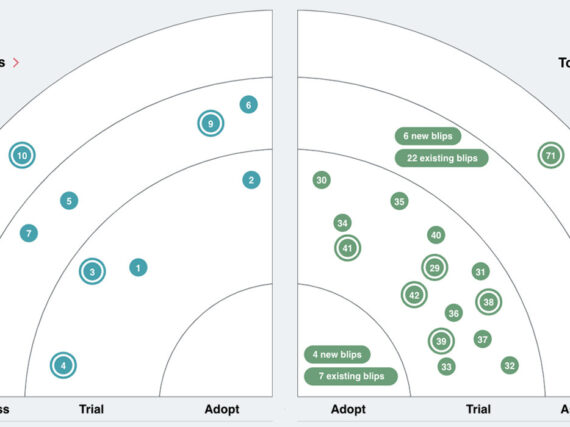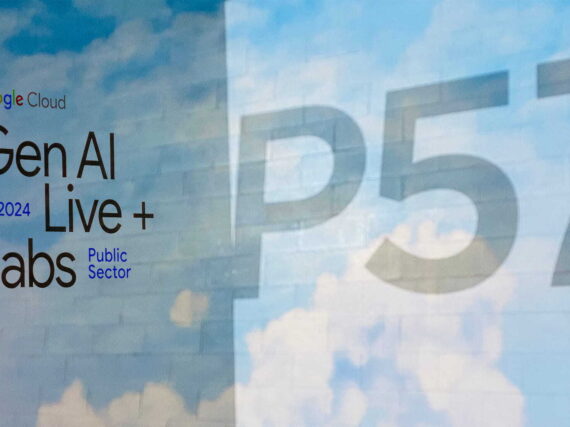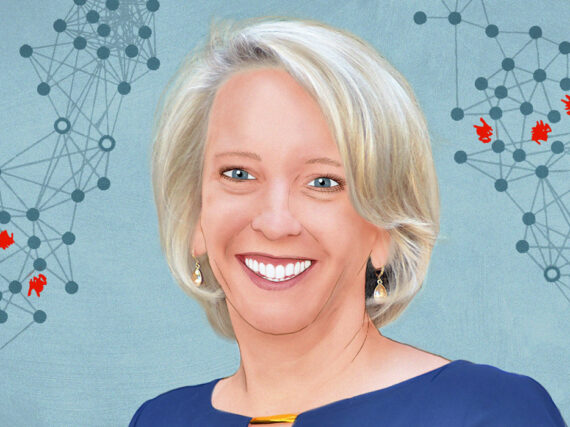As most of us are aware, the Covid-19 pandemic is having a huge social, economical, political, and psychological impact. The situation is unprecedented and devastating. Luckily, the Federal response has been swift. Major legislation including, the Families First Coronavirus Response Act (FFCRA), Coronavirus Aid, Relief, and Economic Stability Act (CARES), and use of the Stafford Act has released trillions of dollars to combat this crisis.
As part of the CARES Act, $150 billion was divided among the states, as detailed on the National Conference of State Legislatures site. In addition, a further $6.3 billion is available for heating assistance, child care providers, family violence prevention, child welfare services, and extensions to programs such as SNAP and TANF. For instance, “USDA is granting states significant program flexibilities and contingencies to best serve program participants across our 15 nutrition programs.”
With the increase in federal funding, programmatic flexibility, and a resolute desire to get through this, states have an opportunity to modernize operations for a better post Covid world.
What states can do
We’ve seen incredible adaptation and resilience from our public sector partners during this crisis. Somehow, departments have managed to shift their operations to virtual/remote, change whole processes, and maintain safe health practices at in-person locations. Not only have they figured out how to keep their programs running, but in many cases agencies have also prepared for a huge surge in demand.
While the department missions may remain the same, I foresee that the way in which services are delivered will change. I expect there will be three major areas where our public sector friends can focus to bring about the transformation needed:
- Automate and modernize
- Coordinate resources
- Share data
Automating and modernizing
Historically, agencies have spent a lot of time maintaining their old legacy systems (which are prone to failure, and inadequate under strain), rather than replacing or modernizing their systems with newer and more robust applications. Departments whose operations were already partially automated and online are having an easier time adjusting to the new normal.
This crisis has forced departments to refocus their priorities. This is leading to further innovation, and may also present an opportunity to better structure operations. For instance, in many states it can take several weeks to process an eligibility claim for social benefits. From initial enquiry to the final approval, an applicant may engage the department numerous times. This results in additional processes being added just to manage these interactions. However, by making the process more consistent, and automated, the actual time to process and approve an application can be reduced to a few hours.
Streamlining workflows and automating processes can increase the capacity of the department so they can deliver services more efficiently and function better with increased volumes. We have found this to be true with our modernization of Idaho’s Child Support system. Cases can be automatically assigned to workers based upon their level of training and processed outside of a physical office location.
Post-Covid, it’s a good bet that citizens will expect more interactions to occur via online tools and applications. Enabling citizens to investigate, apply for, report changes, and renew their benefits electronically is more convenient and presents fewer health concerns. A good example is the My Bridges site in Michigan, which enables applicants to explore healthcare, food assistance, cash assistance, and childcare online. Such tools reduce the need for physical offices and will lead to further automation and modernization of systems. They also presents departments with the opportunity to ensure consistency and compliance.
Certainly, by mirroring the scope of services available at in-person locations with those available online, or via call centers, departments can provide better service. Many essential programatic functions can be done electronically as New York City is proving with the ACCESS HRA tool for SNAP, cash assistance, and healthcare applications and recertifications. Approving and managing these cases, including meeting various programmatic and reporting requirements can be also be done using robust applications accessible by remote workers on laptops and iPads. The trend towards remote work is being greatly accelerated.
Given the recent circumstances, social benefit programs are experiencing capacity issues for food, housing, and unemployment. Unfortunately, while there is greater demand for these services, decreasing state revenues means a reduction in the available budget to meet these needs. On top of this, most departments will be operating with semi-remote staffing. Considering the country may face extended interruptions, the strain is real. The hope is that as departments explore other solutions, we’ll see greater levels of automation, system modernization, and increased flexibility for non-customer facing workers.
Coordinating resources
We have seen significant response to the crisis from the various layers of government through their respective channels. The results have been surprisingly coordinated and effective. Government entities such as FEMA, NIH, the CDC, Treasury, Labor, as well as the Federal Reserve have used their policies, programs, and extensive reach to fight the fall-out from this virus. This has taken a great deal of coordinated effort and collective unity. I hope this will result in greater communication and coordination going forward.
The time to take action is now, as we don’t know how long the need for social distancing will last. According to the Information Technology and Innovation Foundation, “It is not clear whether Covid-19 is a rare 100-year event or the new normal. Regardless, policymakers should err on the side of caution, and act as if it is the latter, especially if their response reaps benefits regardless of whether we face another pandemic that requires widespread and sustained physical distancing.”
Ensuring that the lines of communication remain open will certainly help if we do face further challenges. Likewise, coordinating government resources will make our systems more efficient and effective. Out of necessity and public demand, agencies will continue to reduce silos and coordinate efforts where appropriate.
This current crisis is spurring telework opportunities, and enabling workers to focus on more complex cases remotely. We expect an increased demand for e-government services as people become accustomed to accessing services electronically. Cross-trained staff who are capable of handling multiple programs will make our government more dynamic in responding to surges in demand in certain programs or in geographic areas.
Increasing the level of coordination among the various programs and agencies serving the public will lead to a more efficient social net system. Interfacing with other departments and sharing important data across silos enables processes to become simpler and more effective.
Sharing of data
Currently, most agencies rely on retroactive reports to make decisions. The lack of real time data is like planning a trip using yesterday’s weather forecast; it’s difficult to make good decisions, especially when timeline is a significant factor or the data changes rapidly. Departments who use real-time data and predictive analytics can make faster, better decisions. Also, better, more timely data shared between government entities is crucial if we are to see more robust decision making. As I have written about previously in Child Welfare Needs the Right Tools, New York City has been using predictive analytics to make better decisions within their child welfare division.
The current crisis has laid bare the need for states to use common data standards, especially for programs that receive federal money. By agreeing upon a common set of data standards, information can be shared more easily, without the need for extra conversion and additional systems. Interoperability between different systems, and between different agencies is crucial for effective sharing of resources and data. According to the CDC’s article on Bridging Public Health and Health Care, the sharing of health data has enabled the federal government to respond much faster. Improved sharing of data will help our government function more effectively in the future.
Changes will be needed to how we exchange, store, and access data. This is where the federal government can help state agencies. By clarifying data standards and simplifying standards, states can better meet reporting requirements. Of course, this presupposes that not just agencies, but also citizens will be willing to share their data. Citizens will need to be aware of what sharing their data really means; who has access to what, under what conditions, for how long, and for what purpose.
Security and reporting concerns aside, there is little reason that core information about a person and their circumstances can’t be shared across programs and departmental silos. This is especially true for programs with similar standards or serving similar demographics like SNAP and TANF. Data sharing saves time and makes the application, verification, and approval process smoother. We have already seen health data shared among state and community partners, such as Wisconsins ForwardHealth, so we know this model can work. With the recent flexibility from the Federal government for most social benefit programs, I would love to see increased data sharing post Covid.
Once consent has been given, departments can begin to break down programatic silos and better serve both internal and external customers. For instance, departments who adopt a master client index may reduce the friction caused by programatic silos. This will enable them to better serve their constituents. Effective and safe sharing will allow departments to reorganize in an anti-siloed way, as discussed in The No Wrong Drawbridge Approach. Additionally, by collecting and collating the various datasets, departments will be able to more affectively apply AI powered tools for better decision making.
In summary
We have seen that not only are public servants beyond dedicated to their missions, but highly adaptable. A new mix of remote work, increase in e-government, and higher levels of cooperation is emerging. Although the existing systems were often not designed for such chaotic circumstances, agencies are taking the first steps towards modernization.
Thankfully, although this crisis has been abrupt, some administrations already have working examples of the technologies we will need for this new future. Social benefit programs can, and are, being delivered electronically. Unemployment claims, SNAP, TANF, housing, and other benefits are being revamped to be accessible from anywhere. Benefit discovery, application, verification, approval, and even renewals are being done electronically. Face-to-face meetings are being waived and certification periods extended. The current situation underscores the need for these capabilities, at the very least to maintain social distancing and protect workers and applicants alike.
A crisis can either be seen as something scary to defend against, or an opportunity to create something better for the future. Taking the latter approach will bring about the most benefit from this difficult time. We can not afford to sit idly by and hope for the best. The model for social service delivery must be re-examined. New tools, operational processes, and analytics that come from this time can ensure efficient social service delivery going forward.
Learn more
- Contact us to learn more about how we can help with modernization
- See USA.Gov for links to Federal updates
- Check HealthIT.Gov for health-related updates
- Try CDC for recommendations and resources related to Covid
- Department of Labor has specific guidance on how Covid affects the labor market
- National Conference of State Legislatures has links to what states are proposing legislatively to address Covid
- See the National Governors Association (NGA) stance on Covid and how states are being effected







